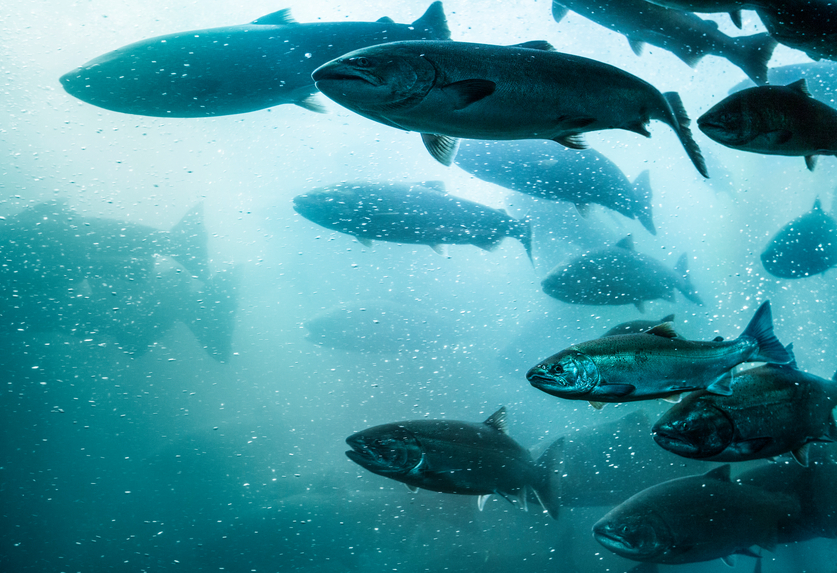Removing Snake River dams is bad for economy and salmon

This was published in The Seattle Times on February 18, 2016.
Click here to download a PDF of this Op-Ed.
Helping salmon, in the Columbia, Snake River, Puget Sound and elsewhere, requires a thoughtful approach. We can’t allow symbolism to override science.
AS environmental activists sound alarm bells on climate change, imagine them proposing destroying every wind turbine and solar panel in Washington. Oddly, that is essentially what they have supported by demanding that the four Lower Snake River dams, and all the carbon-free energy they create, be destroyed.
Annually, the dams generate about 8.3 million megawatt hours of electricity, or 8 percent of Washington’s energy. That is more clean energy than is provided by all the wind and solar facilities in Washington state added together.
The debate about tearing down the dams was reignited with a new push by environmental activists and U.S. District Court Judge Michael Simon’s rulingthat dam destruction must be considered to help salmon. As a member of the Puget Sound Salmon Recovery Council, I share the desire to increase salmon populations across the state. Removing the dams, however, would come with high costs and damage environmental efforts across the state.
For example, the Snake River dams make it possible to bring wind and solar into the grid.
The steady and reliable dams balance energy from intermittent sources like wind. As wind becomes a larger portion of our energy supply, the load balancing function of the Snake River dams will become even more important, especially since the wind is often strongest in the middle of the night when our need for energy is at its lowest.
Additionally, replacing the carbon-free energy from the dams would have enormous costs. Using data from the U.S. Energy Information Administration, an analysis I completed for an upcoming edition of the University of Idaho Law Review found that replacing the dams would add more than $200 million a year to energy costs. Those costs would have huge impacts.
First, it would reduce funding for other projects. The additional $200 million is nearly twice the amount the state Salmon Recovery Funding Board provides annually. What salmon recovery projects would be eliminated with the loss of funding?
Second, it would remove one of the best reasons to move manufacturing and jobs to Washington state — our low electricity costs. The cost for this electricity is one of the lowest in the country and is a major reason REC Solar and BMW’s electric-vehicle-parts plant are now located in Moses Lake.
Supporters claim removal would help increase recreation along the river. Similar claims were made about the removal of the Elwha dams on the Olympic Peninsula. Indeed, according to National Park Service statistics, there was an increase in visitors — for one month. Since then, levels have fallen dramatically and are slightly below the previous year’s level. Clallam County officials report a loss of recreation jobs in the last two years.
When I worked at the state Department of Natural Resources, environmentalists repeatedly claimed recreation would replace economic damage from the loss of timber. Those confidently predicted jobs never materialized, but it is the thin reed Seattle environmental groups cling to when they kill the jobs of rural families. That dismissive attitude is not surprising. Many who want dam destruction don’t visit the communities they are impacting. At a forum we held in Spokane last year, the head of the Seattle Earthjustice office admitted he had never been to Spokane despite moving to Seattle 17 years earlier.
Unfortunately, these costs to the climate, to salmon recovery and the economy are all ignored by advocates of destroying the dams. Efforts to tear down the four Lower Snake River dams are one more example of how the environmental movement has increasingly replaced the mantra of “think globally, act locally” with a myopic approach that ignores the larger environmental costs of local crusades.
Increasing salmon populations has been a contentious and frustrating process; progress has been slow. Helping salmon in the Columbia and Snake rivers, Puget Sound and elsewhere requires a thoughtful approach. We can’t allow frustration and symbolism to override science and the impact on funding for our efforts statewide.
Todd Myers is director for the Center for the Environment at Washington Policy Center, an independent policy-research organization.





